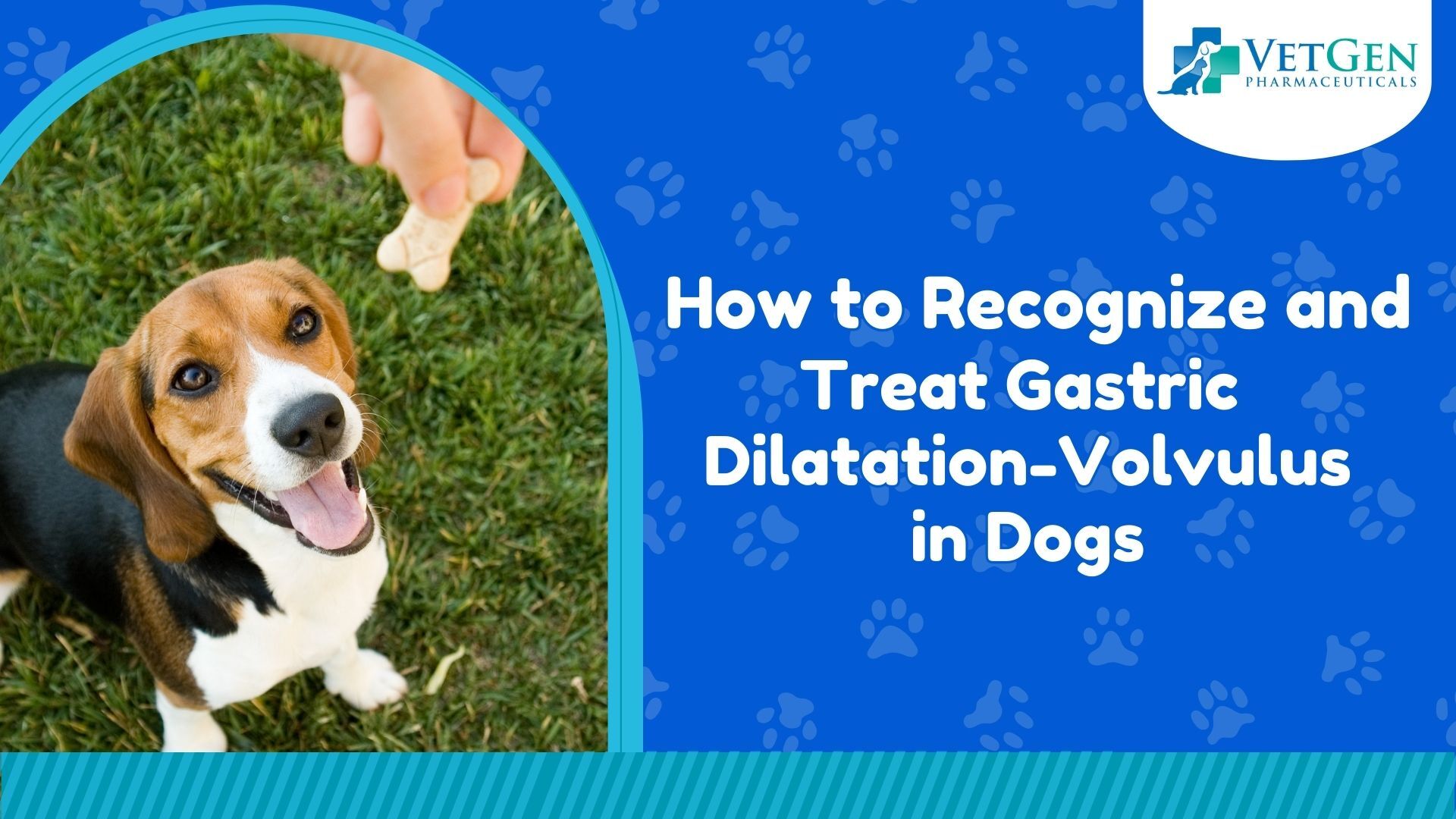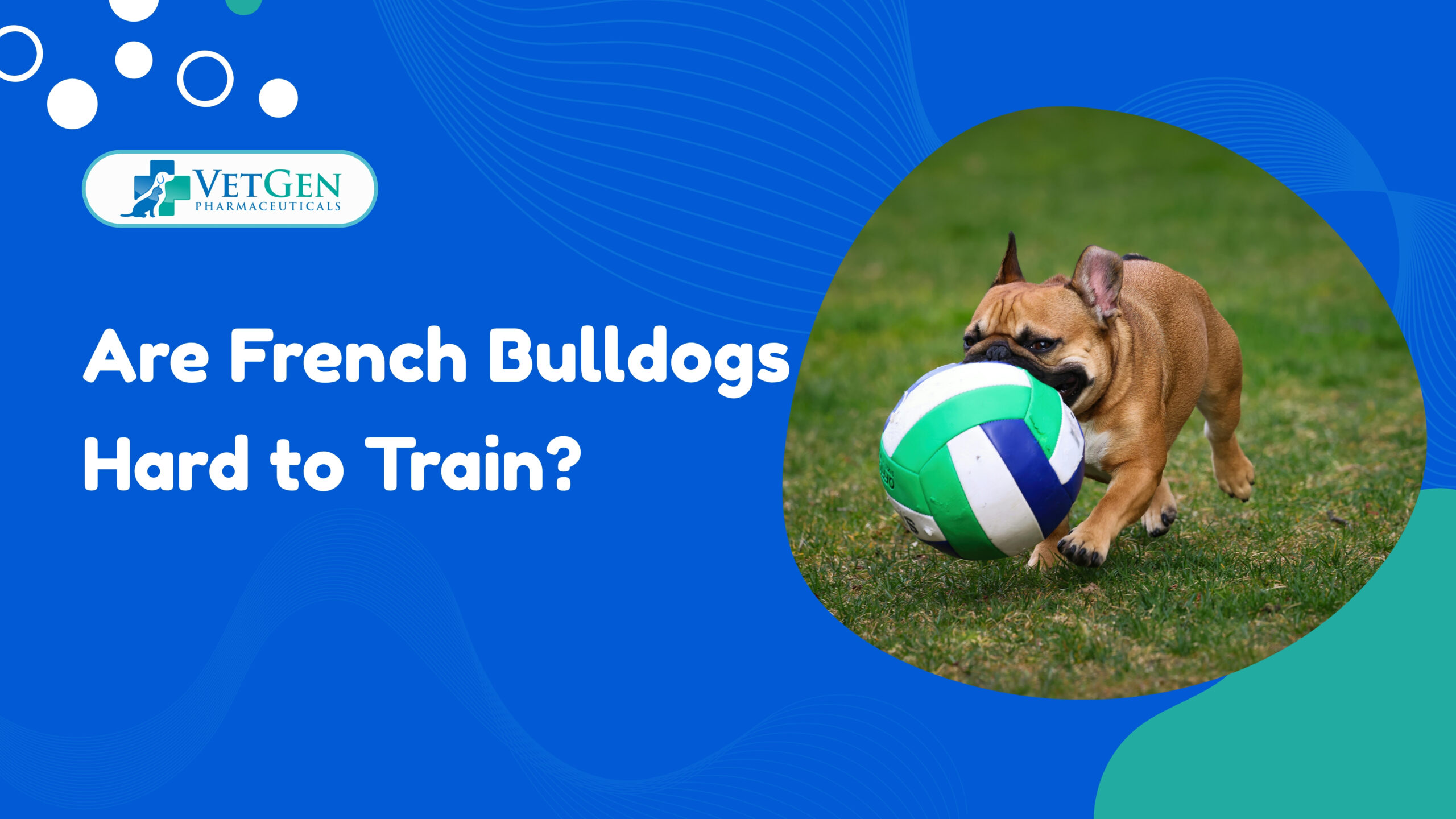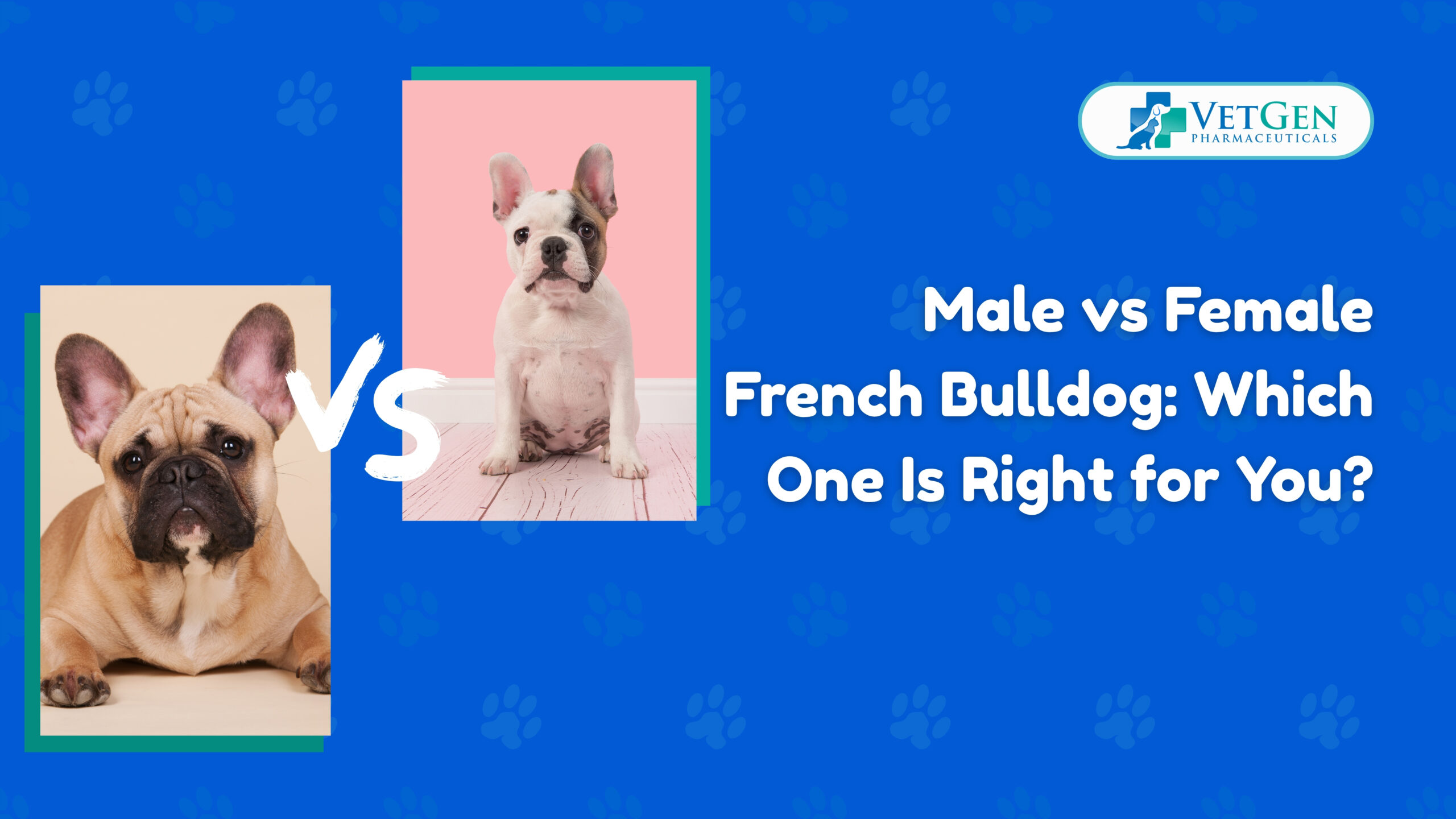As a pet parent, it is essential to know all about dog digestion so that you take proper care of your dog. There is one severe digestion related disorder that a dog owner should be cautious of which is Gastric Dilatation-Volvulus (GDV) or commonly called bloat.
This is a very serious condition that can become life threatening and if not treated appropriately, could be fatal.
What is Gastric Dilatation-Volvulus (GDV)?
GDV is actually a very dangerous condition that causes a dog’s stomach to be filled with gas and then torsion, meaning it turns and twists itself, causing its blood supply to be severed and can result in death of its tissues.
The study which was published in the Journal of the American Animal Hospital Association estimates that GDV can affect about 5 percent of the canine population. The study reported that 7% of dogs get the illness, with a mortality of up to one third
Recognizing the Signs of GDV
Early detection is crucial for successful treatment. Look out for these symptoms:
- Restlessness and pacing
- Unproductive attempts to vomit
- Abdominal distension (swollen belly)
- Rapid breathing or panting
- Excessive drooling
- Weakness or collapse
GDV is definitely a medical emergency, and if anyone feels that his or her dog is affected by the problem, she/he should not hesitate but take the dog to the vet.
Risk Factors for GDV
While any dog can potentially develop GDV, certain factors significantly increase the risk. Understanding these risk factors can help you assess your dog’s susceptibility to this condition.
Breed
Large and giant breeds with deep chests are at the highest risk for GDV. Some of the most commonly affected breeds are:
- Basset Hounds
- Doberman Pinschers
- Weimaraners
- Irish Setters
- Gordon Setters
- Old English Sheepdogs
- German Shepherds
- Great Danes
- Saint Bernards
- Standard Poodles
Great Danes, in particular, are at an elevated risk. A study conducted by Universities Federation for Animal Welfare found that Great Danes have a 42% lifetime risk of developing GDV.
Age and Sex
Dogs that are aging have been found to be more vulnerable to developing GDV. In a study by the American Kennel Club Canine Health Foundation it was also revealed that dogs that are seven or older are more than twice as likely to develop GDV than younger dogs. For instance, male dogs seem to be at a comparatively greater risk than female dogs.
Eating Habits
Several eating-related factors can increase the risk of GDV:
- Eating Large Meals Quickly: Large breed dogs, particularly the young ones and those that take their food in a single sitting are most likely to suffer the consequences of bloat.
- Eating from Raised Bowls: Although earlier studies stated the contrary, more recent research proposes that feeding your dog from raised food bowls contributes to the development of GDV.
- Eating One Large Meal Per Day: As a matter of fact, dogs offered a single large meal a day had a higher risk compared to those fed multiple, smaller portions two or more times a day.
Stress and Anxiety
Dogs that have stress or anxiety are more likely to have GDV than those that do not stress or get anxious.
Treatment Options for GDV
Dogs that have stress or anxiety are more likely to have GDV than those that do not stress or get anxious.
- Stabilization: The veterinarian will make an effort in order to provide your dog with certain basic comforts thus, the vet’s expertise will involve the administration of intravenous fluids as well as administration of pain relief.
- Decompression: The vet will try to put a tube or needle into the stomach in an effort to release the tension from the built up gas.
- Surgery: In most cases, surgery is required since the stomach needs to be untwisted and an assessment of the level of tissue damage needs to be made. The abdomen may also be drained, and the vet may suture the stomach to the abdominal wall to reduce chances of it twisting in the future.
- Post-operative care: Your dog may likely need close supervision and management during the period of recovery.
Preventing GDV
While not all cases of GDV can be prevented, you can take steps to reduce your dog’s risk:
- Feed smaller, more frequent meals
- Avoid vigorous exercise immediately after eating
- Use slow-feed bowls to prevent rapid eating
- Manage stress and anxiety in your dog
- Consider preventive gastropexy for high-risk breed
Final Thoughts
Anyone who owns a dog should familiarize themselves with GDV and its possibilities in damaging the dog’s health. If you are able to identify some of the symptoms early enough and rush your dog to the vet, then you can increase its survival and chances of recovery from this deadly disease.
It’s important to always feed your dogs well and to take them for a vet check up whenever you sense a problem since GDV and many other diseases can be prevented through this. It is always important to seek the advice of your veterinarian on your dog’s health, especially on the issue of dog digestion.
Frequently Asked Questions
How long does it take for GDV to develop in dogs?
GDV can develop rapidly, often within minutes to hours. This is why immediate veterinary attention is crucial if you suspect your dog has bloat.
Can small dogs get GDV?
While GDV is more common in large and giant breeds, small dogs can also develop the condition, although it’s less frequent.
Is GDV painful for dogs?
Yes, GDV is extremely painful for dogs. The distension of the stomach and potential tissue damage cause significant discomfort.
How successful is GDV surgery?
With prompt treatment, the success rate for GDV surgery can be as high as 80-90%. However, the earlier the condition is caught and treated, the better the prognosis.






